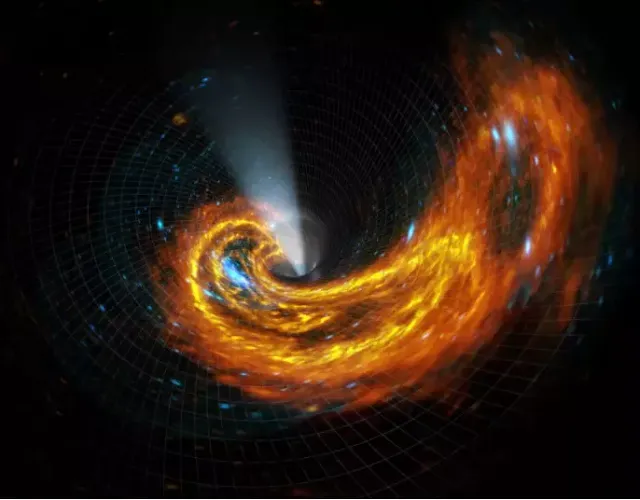25,000 supermassive black holes but not stars - Top Science News this Week
 |
| 25,000 supermassive black holes but not stars - Top Science News this Week |
From the outset, it may appear to be that the sky map contains a large number of stars, yet actually, these articles are supermassive dark openings. Each dark opening is situated in a different far-off world.
The new map, which portrays 25,000 supermassive dark openings, is the most definitive guide of the brilliant sky at low radio frequencies. Stargazers, including researchers from the University of Leiden, utilized 52 LOFAR stations in nine European nations.
The new guide is the consequence of long periods of work on amazingly complex information. We needed to imagine new strategies for changing over radio signs into pictures of the sky.
Long-frequency perceptions are muddled by the ionosphere encompassing the Earth. This layer of free electrons acts like a shady focal point that continually moves around the radio telescope. Study co-creator Reynaut van Weeren of the Leiden Observatory clarifies: "It resembles attempting to see the world while diving into a pool. At the point when you look into it, the waves on the water in the pool redirect the light beams and misshape the image. "
The new guide was made by consolidating 256 hours of perceptions of the northern sky. Analysts have sent supercomputers with new calculations that right for the impact of the ionosphere like clockwork.
The guide covers 4% of the northern portion of the sky. Cosmologists intend to proceed until they have planned the whole northern sky. Notwithstanding supermassive dark openings, the guide additionally gives knowledge into the huge scope construction of the universe.
Astronomers have uncovered a sky map showing in excess of 25,000 supermassive dark openings. The consequences of the examination were acknowledged for distribution in the diary Astronomy and Astrophysics.